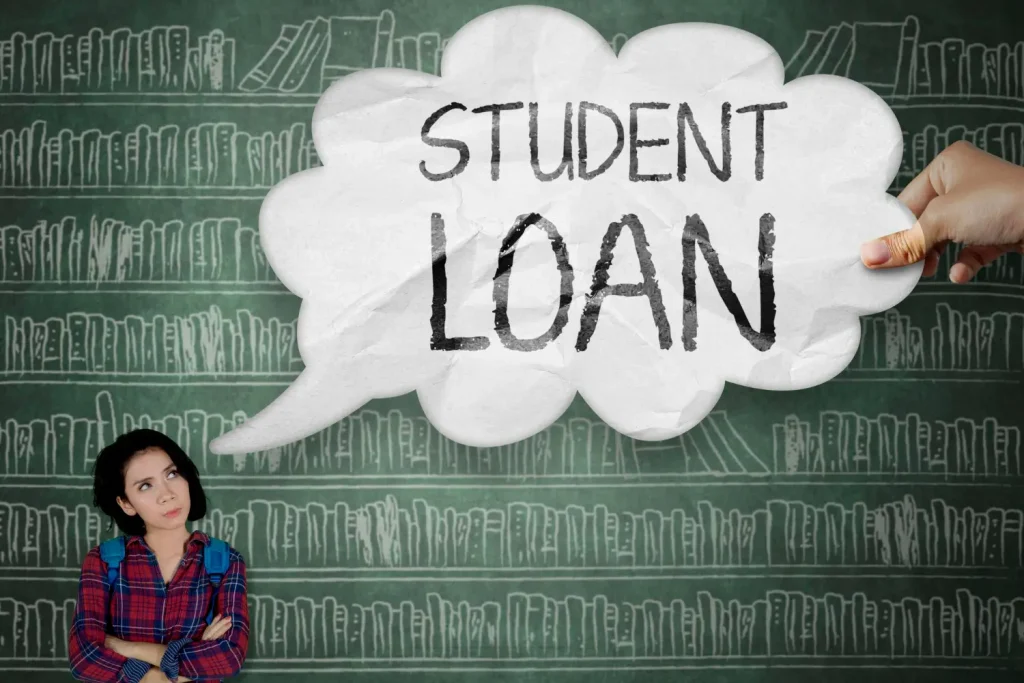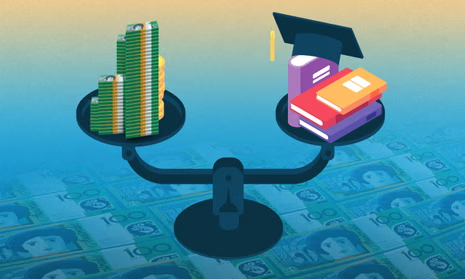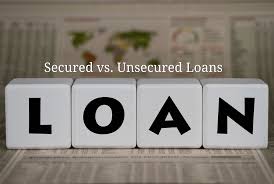For many students in Australia, managing educational expenses and daily living costs can be a significant financial challenge. While government support programs exist (like HELP loans for tuition and Student Start-up Loans via Centrelink), these don’t always cover all immediate or unexpected needs. This has led many to explore online loans for students in Australia as a flexible funding solution. Understanding the types of online loans available, eligibility, and responsible borrowing practices is essential for students seeking financial assistance.
Why Students Consider Online Loans in Australia
Students often face unique financial pressures, making online loans an appealing option for:
- Living Expenses: Covering rent, groceries, utilities, and transport, especially if living away from home.
- Study Materials: Purchasing textbooks, software, equipment, or specific course materials not covered by grants.
- Emergency Costs: Unexpected expenses like car repairs, medical emergencies, or urgent travel.
- Bridge Funding: Tiding over until the next government payment, scholarship, or family support arrives.
- Skill Development: Investing in short courses, certifications, or professional development outside of formal degree programs.
- International Study Costs: For eligible students, covering initial travel, accommodation, or additional expenses not covered by OS-HELP.
Types of Online Loans Available for Students
While there aren’t specific “student loans” from all private online lenders in the same way government HELP loans operate, students can access various general-purpose online loans:

- Small Amount Credit Contracts (SACCs):
- Amount: Up to $2,000.
- Term: 16 days to 1 year.
- Cost: Regulated fees (20% establishment, 4% monthly fee) instead of interest.
- Suitability: Useful for small, urgent needs (e.g., textbook, minor bill). Due to higher effective costs, they should only be used for genuine emergencies and repaid quickly.
- Medium Amount Credit Contracts (MACCs):
- Amount: $2,001 – $5,000.
- Term: 16 days to 2 years.
- Cost: Capped interest rate (48% p.a. inclusive of fees).
- Suitability: For slightly larger expenses, still with relatively short repayment terms.
- Unsecured Personal Loans:
- Amount: $5,000 and above (can go up to $50,000+).
- Term: Typically 1 to 7 years.
- Cost: Variable interest rates and some fees, generally lower than SACCs/MACCs for larger amounts.
- Suitability: For larger planned expenses (e.g., a used car, a significant course fee not covered by HELP). Approval depends heavily on stable income and a decent credit score.
Eligibility for Online Loans as a Student
One of the biggest challenges for students seeking online loans is meeting income requirements. Lenders must adhere to responsible lending obligations and verify a borrower’s ability to repay.
- Age: Must be at least 18 years old.
- Residency: Australian citizen or permanent resident.
- Regular Income: This is critical. While some lenders consider Centrelink payments (like Youth Allowance, Austudy, ABSTUDY) as part of income, it’s often preferred or required that you have additional employment income (part-time or casual work). Lenders will typically require:
- Proof of consistent employment income (payslips).
- Secure, read-only access to your bank statements (usually 90 days) to verify income and spending habits.
- Good Financial Habits: Lenders will look at your bank statements for signs of financial stress (e.g., frequent overdrafts, missed bill payments, gambling transactions). Maintaining a healthy bank balance and managing existing finances well improves your chances.
- Credit History: While some online lenders might be more lenient for those with limited credit history (common for students), a history of responsible credit use (e.g., a mobile phone contract, small credit card paid on time) will be beneficial.
Government Support vs. Online Loans: A Crucial Distinction
It’s important for students in Australia to differentiate between government-backed student loans and private online loans:
- HELP Loans (HECS-HELP, FEE-HELP, OS-HELP, SA-HELP): These are Australian Government loans for tuition fees or specific study-related expenses. They have no interest (though indexed to inflation) and are only repaid through the tax system once your income reaches a certain threshold. These are generally the cheapest and safest option for tuition.
- Student Start-up Loan (Services Australia): A voluntary loan for eligible students receiving Youth Allowance, Austudy, or ABSTUDY. Repaid to the government once income hits a threshold.
- Private Online Loans: These are commercial loans from non-bank lenders. They incur interest rates or fees and have fixed repayment schedules regardless of your income threshold. They are for general living or urgent expenses, not for tuition typically covered by HELP.
Always explore government options first, as they are usually more financially advantageous. Online personal loans should be considered for needs not covered by government support.
Responsible Borrowing Tips for Students
Given the unique financial position of students, responsible borrowing is paramount:
- Only Borrow What You Absolutely Need: Avoid impulse borrowing. Every dollar borrowed incurs cost.
- Assess Affordability Realistically: Create a detailed budget. Can you comfortably afford the repayments from your current income (including part-time work and/or Centrelink) without jeopardising essential living costs?
- Prioritise Essential Needs: Use online loans for genuine necessities or emergencies, not for discretionary spending.
- Verify Lender Legitimacy (ACL): As with any online loan, always confirm the lender holds an Australian Credit Licence (ACL) from ASIC (connectonline.asic.gov.au). This protects you from scams and ensures regulatory oversight.
- Understand All Costs (Comparison Rate): Focus on the comparison rate to get the true annual cost of the loan. Be aware of all fees.
- Avoid Multiple Loans: Do not fall into the trap of taking out multiple small loans to cover existing ones, as this rapidly leads to a debt spiral.
- Seek Financial Counselling: If you’re struggling financially, consider free financial counselling services (e.g., from the National Debt Helpline).
Conclusion
Online loans for students in Australia can be a valuable tool for bridging financial gaps and managing unexpected expenses, offering quick and convenient access to funds. However, due to their specific income situations and often limited credit history, students must approach online borrowing with extreme caution and responsibility. By prioritising government financial aid, meticulously assessing their affordability, rigorously verifying the legitimacy of ASIC-licensed lenders, and understanding all costs, students can effectively leverage online loans to support their educational journey without falling into financial hardship.













